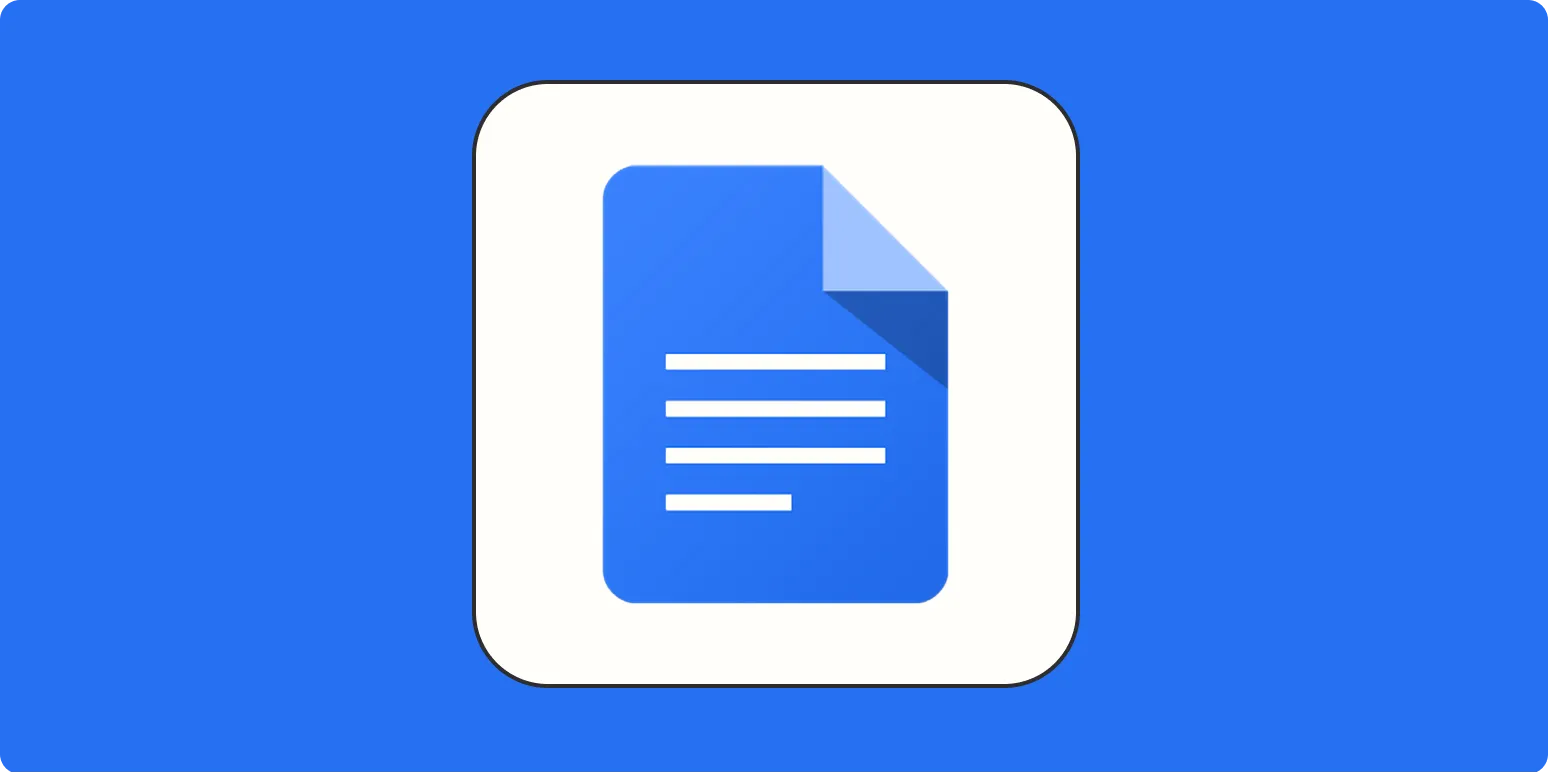Google Docs is an incredibly powerful tool for document creation and collaboration, and one of its most useful features is the Version History. This feature allows you to track changes, revert to earlier versions, and understand the evolution of your document over time. In this article, we will explore how to effectively use Google Docs Version History, ensuring that you can manage your documents efficiently and leverage its full potential.
Accessing Version History
To access the Version History in Google Docs, follow these simple steps:
- Open your document in Google Docs.
- Click on "File" in the top menu.
- Select "Version history" from the dropdown menu.
- Click on "See version history." This will open a panel on the right side of your screen.
This panel displays a chronological list of all changes made to the document, making it easy to navigate through different versions. You can see the date and time of each edit, as well as the names of collaborators who made changes.
Understanding the Version History Panel
The Version History panel is designed for ease of use. Here’s a breakdown of its components:
- Version List: This section shows all saved versions of your document. You can click on any version to see the document as it was at that point in time.
- Color-coded Edits: Changes made by different collaborators are highlighted in distinct colors, making it easy to identify who contributed what.
- Restore Option: If you want to revert to a previous version, simply click the "Restore this version" button at the top of the document.
Exploring Document Changes
One of the main advantages of using Version History in Google Docs is the ability to review document changes. You can click on any version to view the document as it appeared at that time. This is particularly useful for:
- Tracking Collaborations: If you are working with others, you can see how each collaborator contributed to the document’s development.
- Quality Control: By reviewing changes, you can ensure that the content aligns with your expectations and standards.
- Reverting Mistakes: If a change negatively impacts the document, you can easily revert to a previous version to undo any unwanted edits.
Creating a Comparison Chart
To better illustrate the changes made throughout the document, you can create a comparison chart using Google Sheets. Here’s how you can do it:
- Open Google Sheets and create a new spreadsheet.
- Label the first column as "Version" and the second column as "Changes."
- For each version in Google Docs, note the key changes in the spreadsheet.
Here’s an example of how your chart might look:
| Version | Changes |
|---|---|
| Version 1 | Initial draft created. |
| Version 2 | Added introduction and conclusion. |
| Version 3 | Revised sections for clarity. |
| Version 4 | Final edits and formatting. |
This chart not only serves as a record of changes but also helps in analyzing the progression of your document. It can be particularly beneficial for marketing teams and content creators using referrerAdCreative strategies, as it allows for an organized overview of content adjustments.
Best Practices for Using Version History
To make the most out of Google Docs Version History, consider following these best practices:
- Regularly Save Versions: Make it a habit to save versions frequently, especially after significant changes. This ensures you have a robust history to refer back to.
- Use Descriptive Titles: When naming versions, use descriptive titles that summarize the main changes. This will help you quickly identify versions later on.
- Communicate with Collaborators: Keep your team informed about changes made, especially if they are significant. This fosters collaboration and ensures everyone is on the same page.
Conclusion
Google Docs Version History is a powerful feature that can greatly enhance your document management experience. By understanding how to access and utilize this tool, you can track changes, collaborate more effectively, and ensure that your documents maintain their quality over time. Whether you're working on a group project or refining your content strategy with referrerAdCreative, mastering Version History is essential for achieving your goals. Start using this feature today to streamline your document workflow and elevate your productivity!





